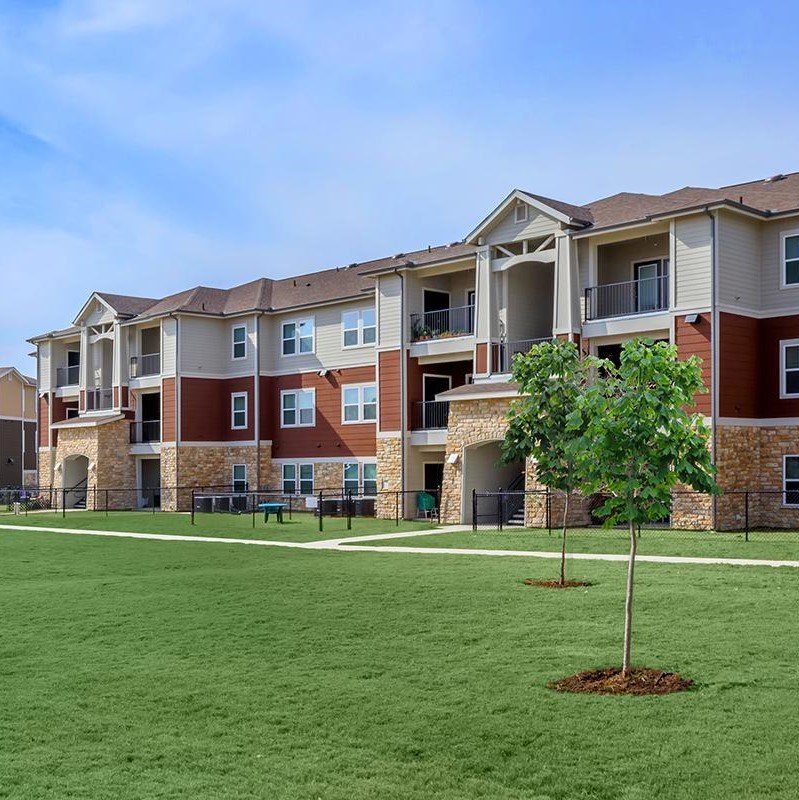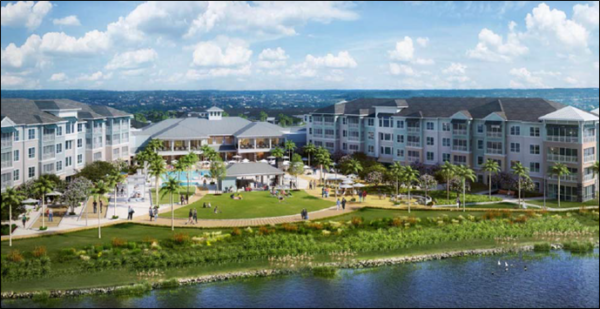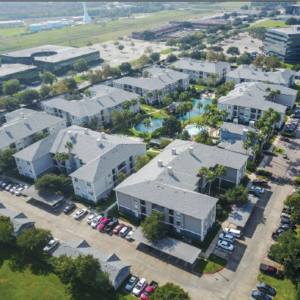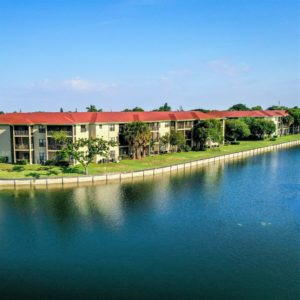The office and retail sectors are facing major headwinds, with retail landlords starting to accept the need for a seismic shift in the use of brick and mortar as a whole. Investors will keep a close watch in 2021 on how office tenants use their space going forward, and to what degree will remote working or a hybrid working environment become a new trend. Meanwhile, industrial real estate has never been as strong as it is right now with a seemingly endless demand for new space. It will be some time before capital flow stops moving into industrial space and new construction is breaking ground as it has become a haven for domestic and foreign investors.
Below are key takeaways from the following report:
U.S. Real Estate Market Outlook – CBRE – Report Link
Download the PDF version of this report here:
U.S. Real Estate Market Outlook
CBRE
Office
- Market conditions will remain decidedly in favor of tenants, with vacancy unusually high through 2021 and rent increases difficult to achieve
- The development cycle will deliver new completions and contribute to a persistently high vacancy, slightly offset by an accelerated hiring pace as business return to normal operations
- Suburban office markets are expected to recover faster than urban settings. Logistical barriers posed by COVID-19 will constrain the recovery in CBD markets.
- A new trend toward remote working could cut the overall need for office space by 15%, according to a CBRE estimate
- Negative net absorption will continue through the first half of 2021 as companies are still hesitant to make any leasing decisions
- Raleigh-Durham, Nashville, Tampa and Charlotte will benefit from a more resilient demand, lower costs and persistent demographic and employment growth
Retail
- Retail bankruptcies in the first eight months of 2020 nearly exceeded the 48 in all of 2010 following the Global Financial Crisis
- New retail concepts will absorb some of the vacancies left by failed retailers. Digitally native brands, medical uses, health and wellness, automotive showrooms and service centers, pet services, franchisee-driven operations and salon suites will capitalize on opportunistic market conditions.
- CBRE predicts up to a 20% reduction in total US retail real estate inventory by 2025 from the current level of 56 square feet per capita. This will be triggered by large-scale adaptive reuse and conversion beginning next year, particularly among Class B and C malls that have been the most impacted by failing department stores and apparel retailers causing co-tenancy exposure.
- Investment activity will be low in 2021 as investors still have tremendous uncertainty around rent roll instability and the necessity for ongoing concessions
Industrial
- Industrial has been one of the most resilient sectors amid COVID-19 buoyed by rising e-commerce demand
- Net absorption is projected to reach nearly 250 million square feet in 2021, more than the previous five-year annual average of 211 million square feet
- Adaptive reuse buildings for industrial occupiers are expected to accelerate in 2021
- New industrial completions are forecasted to jump by 29% in 2021, according to CBRE
- Overall industrial rents grew by 6.3% year-over-year in Q2, a level of growth that is expected to continue in 2021




